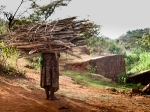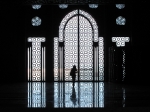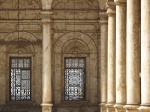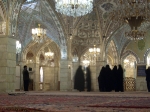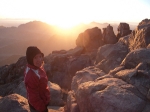“And they all knew just the cure for what ailed them: an injection … [It] was cheap, and it’s effect was instantaneous, with patients grinning and skipping down the hill.” Abraham Verghese’s Cutting for Stone
Families humbly stake space around the crumbling bush clinic in Southern Ethiopia, half a morning passed and the line still snaked around back through town. My translator pulled me aside after our first 15 patients, whispering “People are becoming upset, you are not treating them properly. You are not offering them marfey.”
Since the 1920s medical volunteers have come to these bare villages, treating known and unknown ailments with local tinctures, antibiotics when available and always with marfey.
Sensing my confusion he explained families walk for days to come and get the ‘injection’ cure.
Was there something I had missed in my schooling, had my tropical medicine training in Tanzania been so far off, what ‘injection’ were they talking about?
Gimbi’s Hospital pharmacist smiled in agreement, “Don’t worry its only sugar water, but they feel so much better.”
Seven months have passed and we are ready to return to Ethiopia, back to the places, the people, and the fascinating world of tropical disease and third world medicine. In January 2011, we will join FootSteps to Healing. As a team of four, we will be working with the Ethiopian Department of Health to train rural health officers in emergency obstetrics and neonatal resuscitation and documenting the health care plight of these women. Read our Newsletter.
You’re Invited:
Come join our Fund Raiser at Darcelle’s in Portland on Friday Dec.3rd at 6pm. The irony of these show-women raising money for their less fortunate sisters born in rural Ethiopia is beautiful and powerful. We look forward to seeing everyone and send a warm thank you for your support.
Fundraiser Efforts To Date:
KEEN has generously donated 900 pairs of shoes to facilitate the Ethiopian women’s walk home after surgery.
Book clubs reading Abraham Verghese’s Cutting for Stone have invited members of our team to participate in interactive fund raising discussions and slide shows, contact us for details:
• December 21, 2010, 1 P.M
Tennis Bookies Book Club: Tucson, AZ
• February 17, 2011, 7 P.M.
Lake Oswego Library Lecture at Marylhurst University: Commons-Hawthorne Room.
All donations are tax deductible; no charity administration fees are deducted.
Your full donation will be applied to the project. Donations of air miles are also
appreciated.
GlobalSoulInternational.org Please specify “Footsteps to Healing: Mota Project” with your donation.
Please join us. Love to all.

